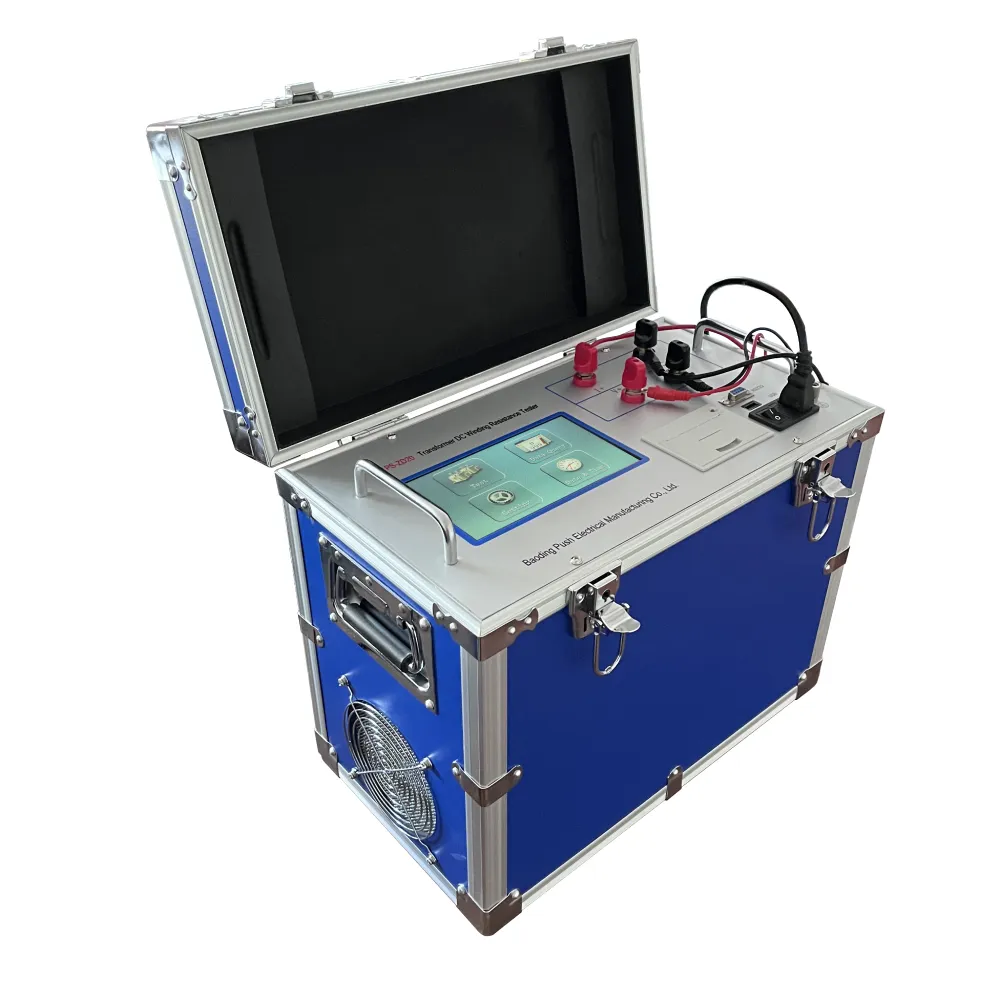TEL:
+86-0312-3189593
 English
English

Telephone:0312-3189593

Email:sales@oil-tester.com

-
 Afrikaans
Afrikaans -
 Albanian
Albanian -
 Amharic
Amharic -
 Arabic
Arabic -
 Armenian
Armenian -
 Azerbaijani
Azerbaijani -
 Basque
Basque -
 Belarusian
Belarusian -
 Bengali
Bengali -
 Bosnian
Bosnian -
 Bulgarian
Bulgarian -
 Catalan
Catalan -
 Cebuano
Cebuano -
 China
China -
 China (Taiwan)
China (Taiwan) -
 Corsican
Corsican -
 Croatian
Croatian -
 Czech
Czech -
 Danish
Danish -
 Dutch
Dutch -
 English
English -
 Esperanto
Esperanto -
 Estonian
Estonian -
 Finnish
Finnish -
 French
French -
 Frisian
Frisian -
 Galician
Galician -
 Georgian
Georgian -
 German
German -
 Greek
Greek -
 Gujarati
Gujarati -
 Haitian Creole
Haitian Creole -
 hausa
hausa -
 hawaiian
hawaiian -
 Hebrew
Hebrew -
 Hindi
Hindi -
 Miao
Miao -
 Hungarian
Hungarian -
 Icelandic
Icelandic -
 igbo
igbo -
 Indonesian
Indonesian -
 irish
irish -
 Italian
Italian -
 Japanese
Japanese -
 Javanese
Javanese -
 Kannada
Kannada -
 kazakh
kazakh -
 Khmer
Khmer -
 Rwandese
Rwandese -
 Korean
Korean -
 Kurdish
Kurdish -
 Kyrgyz
Kyrgyz -
 Lao
Lao -
 Latin
Latin -
 Latvian
Latvian -
 Lithuanian
Lithuanian -
 Luxembourgish
Luxembourgish -
 Macedonian
Macedonian -
 Malgashi
Malgashi -
 Malay
Malay -
 Malayalam
Malayalam -
 Maltese
Maltese -
 Maori
Maori -
 Marathi
Marathi -
 Mongolian
Mongolian -
 Myanmar
Myanmar -
 Nepali
Nepali -
 Norwegian
Norwegian -
 Norwegian
Norwegian -
 Occitan
Occitan -
 Pashto
Pashto -
 Persian
Persian -
 Polish
Polish -
 Portuguese
Portuguese -
 Punjabi
Punjabi -
 Romanian
Romanian -
 Russian
Russian -
 Samoan
Samoan -
 Scottish Gaelic
Scottish Gaelic -
 Serbian
Serbian -
 Sesotho
Sesotho -
 Shona
Shona -
 Sindhi
Sindhi -
 Sinhala
Sinhala -
 Slovak
Slovak -
 Slovenian
Slovenian -
 Somali
Somali -
 Spanish
Spanish -
 Sundanese
Sundanese -
 Swahili
Swahili -
 Swedish
Swedish -
 Tagalog
Tagalog -
 Tajik
Tajik -
 Tamil
Tamil -
 Tatar
Tatar -
 Telugu
Telugu -
 Thai
Thai -
 Turkish
Turkish -
 Turkmen
Turkmen -
 Ukrainian
Ukrainian -
 Urdu
Urdu -
 Uighur
Uighur -
 Uzbek
Uzbek -
 Vietnamese
Vietnamese -
 Welsh
Welsh -
 Bantu
Bantu -
 Yiddish
Yiddish -
 Yoruba
Yoruba -
 Zulu
Zulu
lut . 14, 2025 11:10
Back to list
transformer core testing
Transformer core testing is an indispensable process in maintaining the efficiency and reliability of electric transformers, which are pivotal in the distribution of electrical power. It is an area where experience, expertise, authoritativeness, and trustworthiness are crucial for ensuring optimal performance. The testing process primarily involves assessing the various chemical, physical, and electrical properties of the transformer's core materials, particularly those of the laminated steel sheets that are central to its operation.
The expertise brought by industry professionals in these domains elevates the authoritativeness of transformer core testing services. Industry leaders continually work in tandem with academic researchers to refine testing practices and tools, ensuring they adhere to the latest international standards and technological advancements. Moreover, trusted professionals often undergo rigorous training and certification, enhancing the credibility of their assessments and recommendations. Moreover, transforming raw data gleaned from testing into actionable insights requires a deep understanding of both the physics underlying transformer operation and the nuances of individual components. Therefore, experienced analysts employ advanced software platforms for data interpretation, which allow for precise fault identification and predictive failure modeling, elements critical to extending transformer lifespan and efficiency. Trustworthiness in transformer core testing is underscored by adherence to industry standards and transparency throughout the testing process. Service providers often prioritize open communication with clients, ensuring that all testing results are thoroughly explained and that the implications for Transformer Lifecycle Management (TLM) are clear. This transparency builds long-term partnerships, fostering an environment of trust crucial for effective power distribution network management. Thus, transformer core testing is more than a procedural necessity; it's a strategic cornerstone that requires skilled interpretation and proactive management. As power demands evolve and infrastructures age, those equipped to offer cutting-edge testing solutions with high levels of experience and integrity will not only enhance the operational efficacy of transformers but will also play a vital role in securing energy stability across global networks.


The expertise brought by industry professionals in these domains elevates the authoritativeness of transformer core testing services. Industry leaders continually work in tandem with academic researchers to refine testing practices and tools, ensuring they adhere to the latest international standards and technological advancements. Moreover, trusted professionals often undergo rigorous training and certification, enhancing the credibility of their assessments and recommendations. Moreover, transforming raw data gleaned from testing into actionable insights requires a deep understanding of both the physics underlying transformer operation and the nuances of individual components. Therefore, experienced analysts employ advanced software platforms for data interpretation, which allow for precise fault identification and predictive failure modeling, elements critical to extending transformer lifespan and efficiency. Trustworthiness in transformer core testing is underscored by adherence to industry standards and transparency throughout the testing process. Service providers often prioritize open communication with clients, ensuring that all testing results are thoroughly explained and that the implications for Transformer Lifecycle Management (TLM) are clear. This transparency builds long-term partnerships, fostering an environment of trust crucial for effective power distribution network management. Thus, transformer core testing is more than a procedural necessity; it's a strategic cornerstone that requires skilled interpretation and proactive management. As power demands evolve and infrastructures age, those equipped to offer cutting-edge testing solutions with high levels of experience and integrity will not only enhance the operational efficacy of transformers but will also play a vital role in securing energy stability across global networks.
Latest news
-
Testing Equipment Industry Sees Major Advancements in 2025: Smart & Precision Technologies Lead the WayNewsJun.06,2025
-
Applications of Direct Current Generators in Renewable Energy SystemsNewsJun.05,2025
-
Hipot Tester Calibration and Accuracy GuidelinesNewsJun.05,2025
-
Digital Circuit Breaker Analyzer Features and BenefitsNewsJun.05,2025
-
Benefits of Real-Time Power Quality Monitoring Devices for Industrial EfficiencyNewsJun.05,2025
-
Earth Fault Loop Testing in High-Rise Building Electrical SystemsNewsJun.05,2025



